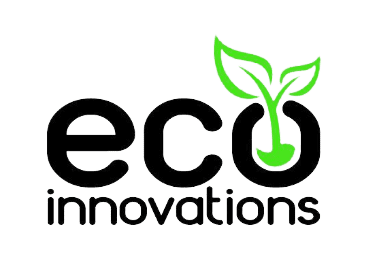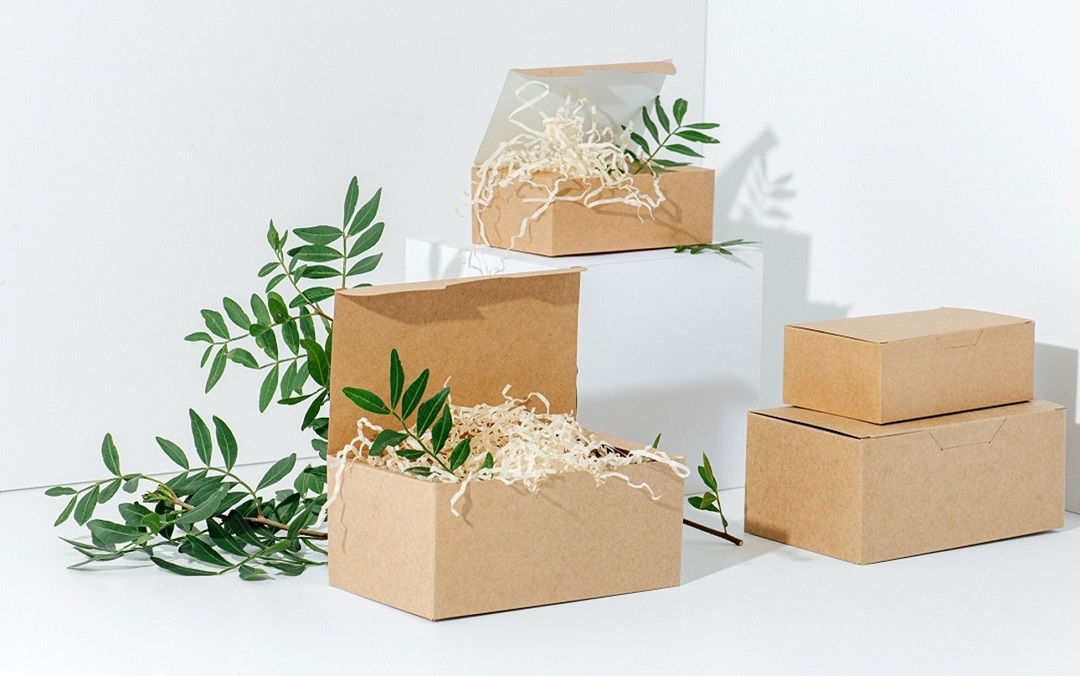Most Environmentally Friendly Packaging
It’s critical to comprehend what constitutes truly eco-friendly packaging before delving into the most eco-friendly options. This kind of packaging seeks to reduce its negative effects on the environment by using less resources, emitting less carbon dioxide, and avoiding trash buildup. Recyclable, biodegradable, renewable, or compostable materials are frequently used in environmentally friendly packaging.
Table of Contents
It might also have design elements that encourage recycling, cut down on material usage, or improve reuse. Creating a circular economy—in which resources are continuously reused, repurposed, or returned to the environment without causing harm—is the ultimate goal of ecologically responsible packaging. To attain this equilibrium, inventive design, environmentally friendly manufacturing techniques, and careful material selection are necessary.

The Role of AI in Packaging of Environmentally Friendly Packaging
Packaging is only one industry where artificial intelligence has advanced significantly. Artificial intelligence (AI) is being used to optimize supply chain management, manufacturing procedures, product design, and even consumer behavior.
1. Design Optimization of Environmentally Friendly Packaging
AI-driven design tools can analyze large volumes of data to create packaging solutions optimized for the most environmentally friendly packaging. By minimizing material use, reducing waste, and enhancing recyclability, AI can help businesses develop packaging that meets both environmental and functional standards. For example, AI systems can evaluate the structural integrity of packaging and recommend designs that use the least material possible without compromising strength. This approach ensures that packaging remains strong and sustainable, contributing to a greener future.
2. Smart Manufacturing
Artificial Intelligence (AI) is revolutionizing manufacturing processes through increased precision, decreased waste, and enhanced energy efficiency. Artificial intelligence (AI)-driven machinery in the packaging industry may track and modify operations in real-time, maximizing material use and reducing faults.
3. Supply Chain Management
By streamlining logistics, cutting down on emissions from transportation, and boosting inventory control, artificial intelligence is improving supply chain management. Artificial Intelligence (AI) can more correctly estimate demand by analyzing data from multiple sources, which minimizes waste and the need for superfluous packing.
4. Personalized Packaging
Packaging is being manufactured and consumed differently thanks to AI-driven Customization. Businesses can now utilize AI to develop personalized packaging solutions based on the preferences of specific customers. Tailored packaging can cut waste by just making what is required, but it also raises concerns about how small-scale, tailored production may affect the environment.
The Potential Conflict of Environmentally Friendly Packaging:

1. Material Choices and Environmental Impact
The possibility that AI-driven optimization may put economy and efficiency ahead of environmental concerns is one of the main worries. Artificial intelligence algorithms that optimize packaging for cost-effectiveness, for instance, can suggest using less expensive, less eco-friendly materials.
Additionally, AI systems that focus on maximizing product protection and shelf life might inadvertently promote over-packaging, where excessive materials are used to ensure the product’s safety. While this might reduce product damage and waste, it could also result in an overall increase in packaging waste, which is contrary to the principles of environmentally friendly packaging.
2. Energy Consumption and Carbon Footprint
It takes a lot of processing power and energy to implement AI in packaging processes, especially in manufacturing and logistics. Running sophisticated algorithms and training AI models frequently require massive data centers that use enormous amounts of electricity. The carbon impact of AI-driven packaging solutions may outweigh the environmental advantages of improved designs or effective procedures if this energy comes from non-renewable resources.
3. E-waste and Technology Lifespan of Environmentally Friendly Packaging
Like any other technical development, AI systems are dependent on technology that has a finite lifespan. Because AI is developing so swiftly, hardware ages out of date very quickly, creating an electronic waste (or “e-waste”) problem. Most Environmentally Friendly Packaging Packaging businesses may add to the growing issue of e-waste, which presents serious environmental issues, as they use AI-driven solutions more frequently.
Hazardous elements may leak into the environment when obsolete AI hardware, such as servers, sensors, and other electronic components, is disposed of. If the sector does not have strong recycling or disposal procedures in place for managing e-waste, this problem is very troubling.
4. Job Displacement and Economic Inequality
AI’s integration into packaging operations could result in employment losses, especially in positions involving manual packing, design, and logistics. AI poses a threat to social unrest and economic injustice as it replaces human labor in jobs that have historically been done by humans, particularly in areas where employment in the packaging industry is highly concentrated.
From an environmental standpoint, workers may become less focused on sustainable practices as a result of job displacement. Environmentally conscious packaging experts may find themselves displaced by AI algorithms that put efficiency ahead of sustainability. The use of sustainable packaging solutions may decrease as a result of this change since AI-driven systems might not completely take into account the environmental considerations that human workers make.
Balancing AI and Environmental Sustainability–Most Environmentally Friendly Packaging
AI offers chances to improve ecologically friendly packaging techniques despite the possible conflicts. Finding a balance between utilizing AI’s potential and upholding a firm commitment to sustainability is crucial.
1. Ethical AI Development
AI may be trained, for instance, to suggest packing materials not only based on price or protective features, but also on factors like carbon footprint, biodegradability, or recycling potential. The development of ethical AI also entails accountability and openness. Businesses that integrate AI into their packaging procedures must be open about the environmental standards that inform AI-driven choices. Furthermore, there must be procedures in place to make AI creators and users answerable for the effects of their systems on the environment.
2. Integrating Life Cycle Assessment (LCA) in AI Models
A procedure known as life cycle assessment (LCA) evaluates a product or process’s environmental impact at every stage of its lifecycle, from the extraction of raw materials to disposal.Businesses may make sure that AI-driven packaging solutions consider the complete environmental impact of materials, production processes, and end-of-life situations by including life cycle assessment (LCA) in AI models.
For example, an AI system that maximizes packaging design may assess the environmental trade-offs of various materials and configurations using LCA data. This strategy would make it possible to create packaging solutions that minimize their total environmental impact while simultaneously satisfying functional needs.
3. Promoting Circular Economy Principles
businesses in designing packaging that is simpler to recycle, reuse, or repurpose by evaluating data on material flows, consumer behavior, and waste management. AI can also streamline reverse logistics procedures, increasing the effectiveness of collecting and reusing spent packaging materials in the manufacturing cycle.
4. Energy Efficiency and Renewable Energy Integration
Businesses should place a high priority on energy conservation and the use of renewable energy sources to alleviate worries about the energy consumption of AI systems. AI algorithms can be powered by data centers built to run more effectively, consuming less electricity and producing less heat.
5. Collaboration Between AI and Sustainability Experts
Cooperation between sustainability experts and developers is crucial for AI-driven packaging solutions to be truly ecologically benign. While AI developers offer technical knowledge in data analysis, machine learning, and optimization, sustainability specialists add a thorough understanding of environmental implications, material science, and the concepts of the circular economy.
Case Studies: AI and Sustainable Packaging in Action
Unilever’s AI-Powered Sustainable Packaging Initiative
Unilever, a well-known consumer goods giant, has been utilizing AI to develop more ecologically friendly packaging. Using AI-driven technology, the company examines packaging designs and optimizes them for material economy and recyclability.

